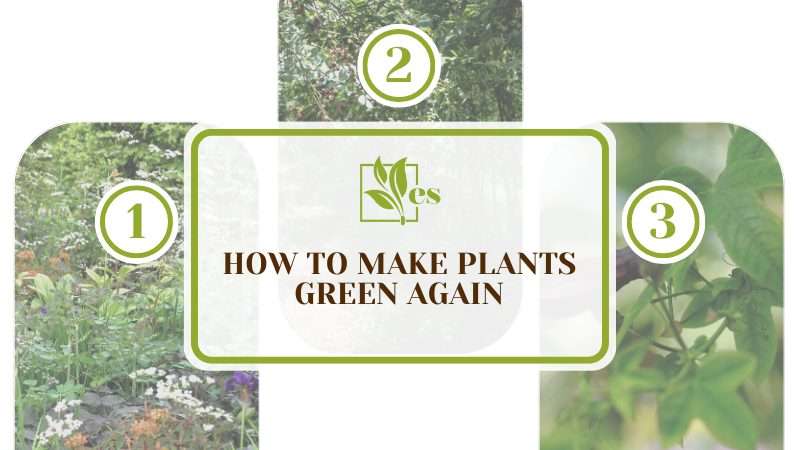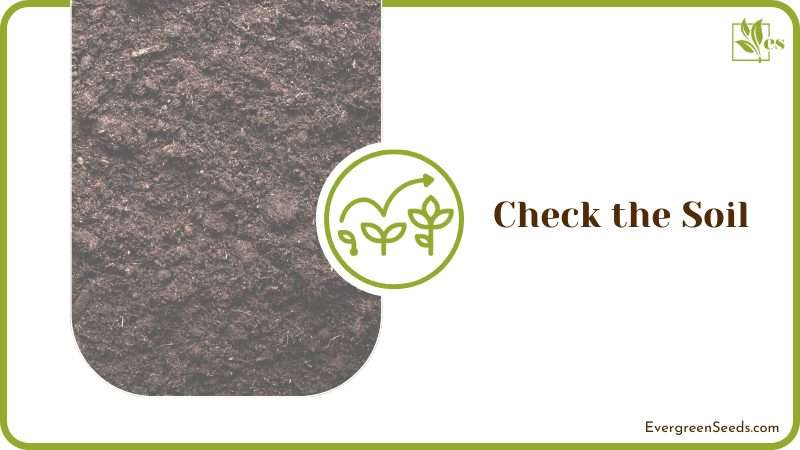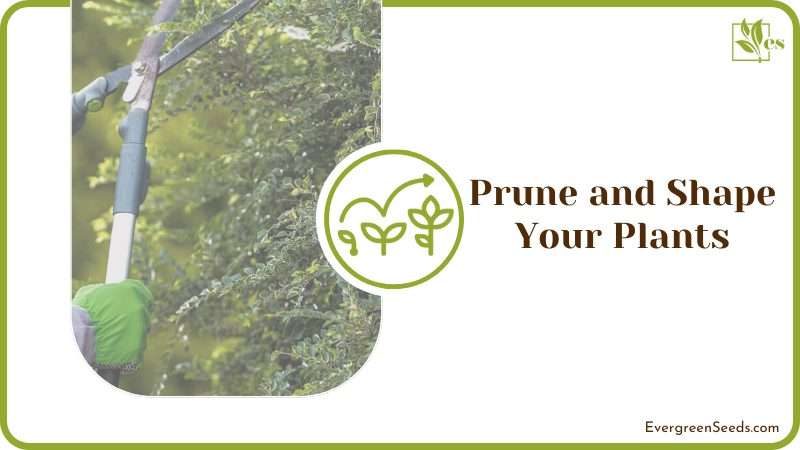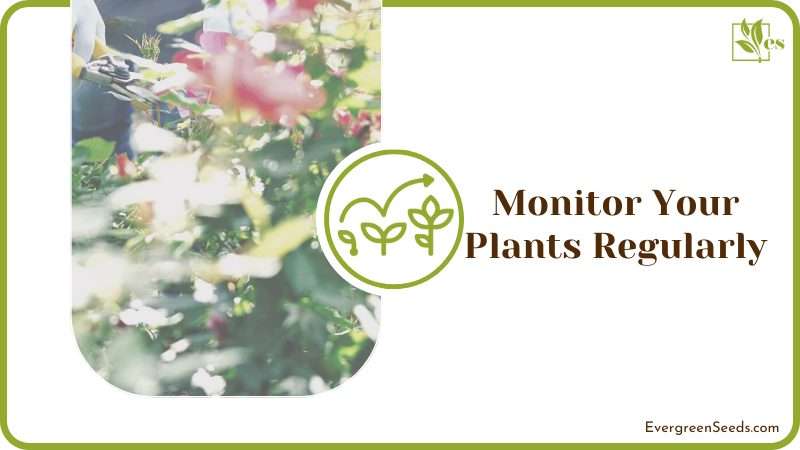Knowing how to make plants green again is important for their health, and fortunately, there are simple steps that you can take to make your leaves turn green. Gardening can be a fruitful experience, but it can also be difficult when plants lose their green color and vitality.

However, this article will reveal the secret to reviving your plants and keeping them healthy long-term. By following these tips, you can thoroughly enjoy a lush green and thriving garden all year round.
JUMP TO TOPIC
How To Properly Make Your Plants Green Again?
To properly make your plants green again, you have to follow these steps: give proper water to your plants, check the soil conditions, adjust the lighting, prune and shape the plants regularly, consider using a plant tonic, and monitor them frequently.
1. Water Your Plants
Water your plants regularly and deeply, especially during hot or dry weather, because one of the most common reasons for plants to lose their green color is lack of water. Plants may have yellow leaves due to underwatering.
Proper water gives plants the necessary hydration they need to survive and grow. It also helps to maintain a consistent temperature in the soil, which is essential for seed germination and root growth.
Moreover, water can help to control pests and diseases by keeping the foliage dry and maintaining a healthy environment for beneficial organisms. It controls weeds by preventing them from germinating or growing. Proper watering (you can use tap water as well) can also help maintain the overall health and beauty of the plant.
2. Check the Soil
Ensure that the type of soil of your plants is well-draining and rich in nutrients. Poor drainage can cause root rot in plants, and yellow leaves can be a sign that they’re not getting enough of certain nutrients. If the soil is compacted or lacking in nutrients, consider adding compost or fertilizer to make plants greener.

Compost has decomposing organic materials that enhance the soil structure but also increase the amount of organic matter in the soil. Compost and fertilizers give plants the necessary elements, including nitrogen, phosphorus, and potassium. These are essential for healthy growth and are also vital for the overall health and fertility of the soil.
For this purpose, you can use a water-soluble fertilizer that can be used on a wide variety of plants. Similarly, you can use a phosphate-rich fertilizer specifically formulated for flowering and fruiting plants. Moreover, it’s important to note that yellowing leaves may be due to a natural process, such as when the plant is going to produce new leaves or when preparing to grow dormant.
3. Adjust the Lighting
Make sure to place your plants where they will receive the right light. Plants need the proper amount of light to thrive. If your plants get too much or too little light, they may lose their green color, which causes leaves to turn yellow.
Proper lighting is essential for plants’ photosynthesis, chlorophyll production, stem elongation, flowering, fruiting, color, and leaf development, but also for pests and disease control.
Moreover, proper lighting can increase the efficiency of photosynthesis by providing the right spectrum and intensity of light that can maximize the energy absorbed by the plants. More chlorophyll production will cause your plant’s leaves to become healthy and green.
You can also increase the chlorophyll of plants by using Epsom salt for plants. How do you apply Epsom salt to plants? You dissolve it in water and add it to the plant. However, carnivorous plants don’t like Epsom salt because they rely on insects for survival, and Epsom salts kill insects.
In addition, to prevent brown leaves on indoor plants, move them closer to a sun-facing window because they also need indirect light to thrive.
4. Prune and Shape Your Plants
Regularly pruning and shaping your plants can help them grow more vigorously and maintain their green color. Keeping them in shape is what makes plants green. Remove dead or diseased branches, and trim back any overgrown or leggy growth. This can also regenerate your dying plant.

Proper pruning and shaping can encourage new growth, promote fruiting and flowering, improve shape and structure, enhance beauty, improve light penetration, increase air circulation, reduce maintenance, and prevent overgrowth.
Moreover, it is essential to note that over-pruning can damage the plant, and not all plants need pruning, so it is vital to research a plant’s specific needs before pruning.
5. Consider Using a Plant Tonic
Plant tonics are specially formulated liquids that can add nutrients to the plants they need to thrive. Nutrient deficiencies can cause pale leaves or stunted growth in plants. Plant tonics can be found at most garden centers or online. These solutions or mixtures are applied to plants to improve their health and growth.
They can be made from various natural ingredients and used in different ways to benefit plants. Plant tonics can provide plants with essential nutrients that may be lacking in the soil or water. These can include macronutrients like nitrogen, phosphorus, and potassium and micronutrients like iron, zinc, and copper.
They can improve the health of the soil by adding beneficial microorganisms and other organic matter. They also help to increase the availability of nutrients to plants, enhance the structure of the soils and promote healthy root growth.
Plant tonics can prevent diseases by providing plants with essential nutrients and other beneficial compounds. They can help boost the plant’s immune system and thus make it more resistant to disease.
It’s important to note that not all plant tonics are suitable for all plants. For example, some tonics are developed for specific plants. Similarly, each tonic might have specific purposes. So, it’s advisable to read the instructions carefully and ensure the plant tonic is appropriate for the plant species you are using it on.
6. Monitor Your Plants Regularly
Keep your eyes on them to ensure they respond well to your efforts.

If you notice that your plants still need to look green and healthy, consider consulting a professional or researching to find out what might be causing the problem.












